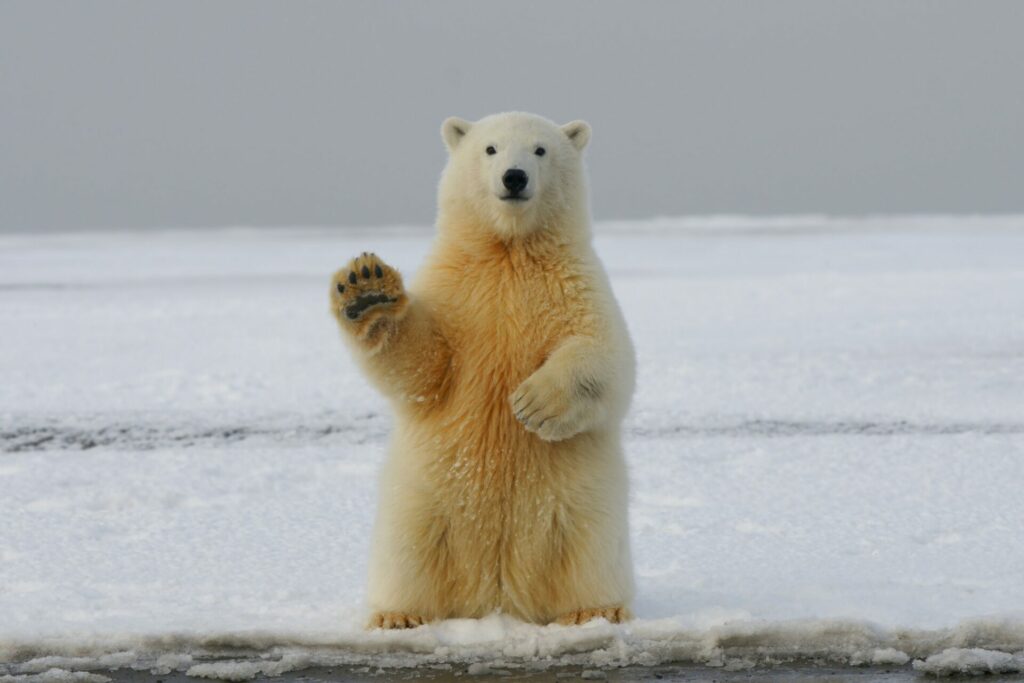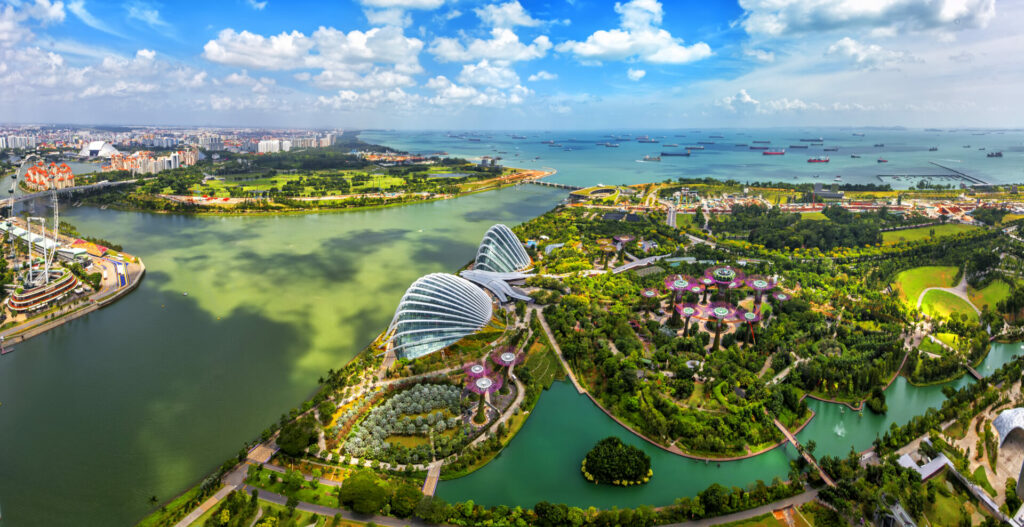The plight of India’s elusive tigers, Africa’s enigmatic elephants, and Borneo’s fiercely intelligent orangutans are regretfully stories we are all to familiar with. These endangered and critically endangered, charismatic megafauna are rarely out of the headlines, it seems.
And while these species have become powerful ambassadors for conservation, cosmetically-challenged – OK ugly – but no-less ecologically important creatures such as the Chinese giant salamander and Mongolia’s Saiga antelope are being snubbed.
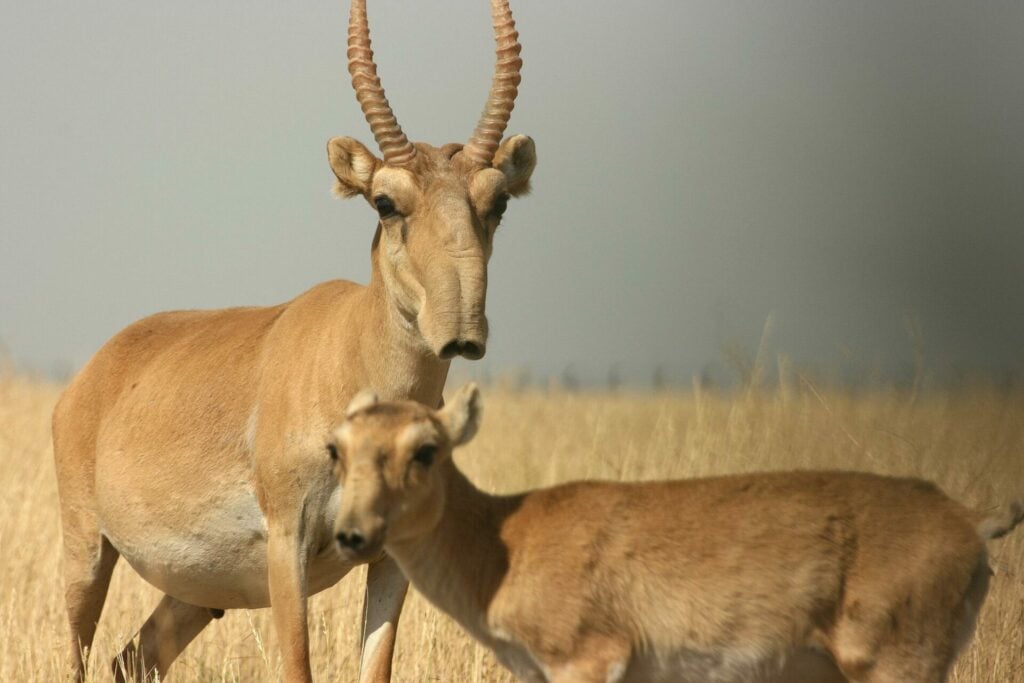
The sad reality is, cute and cuddly conservation mascots, such as pandas and polar bears, receive more funding and publicity – leaving creepy crawlies, amphibians and reptiles out in the cold. Seen as lost causes, snakes, bats and rodents just can’t match the animal magnetism of a mountain gorilla or humpback whale. Making a tourist attraction out of Cambodia’s balding giant ibis (a wading bird) is an impossible task compared to, say, the majestic bald eagle.
Conservation Pin-Ups
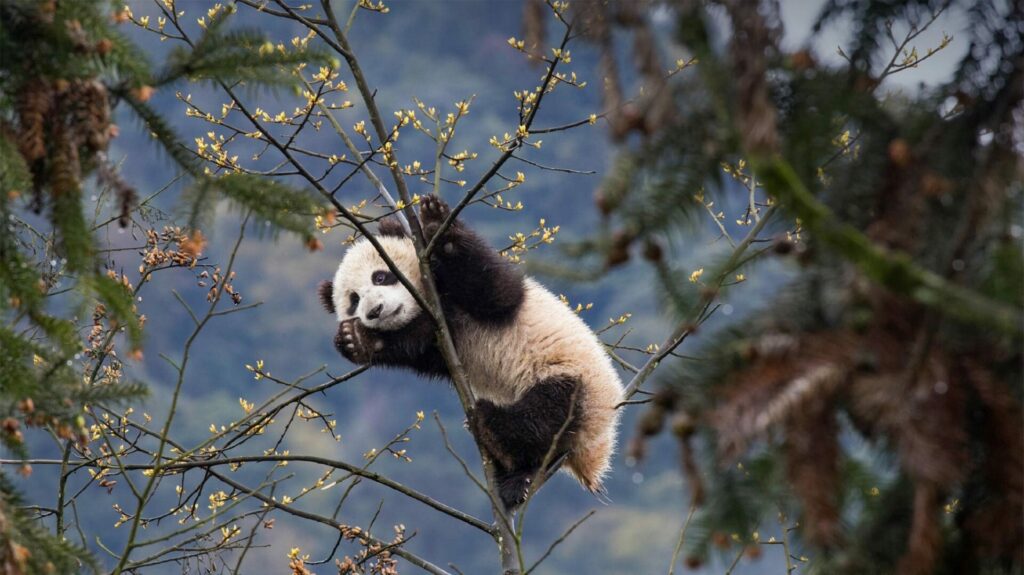
Pandas – the WWF’s corporate mascot, are officially the most expensive animals in the world to keep (five times more than elephants). China rents out single bears for a staggering $1 million a year to zoos, which, according to the Giant Panda Conservation Foundation for North America, can require a further $1 million in upkeep. And despite pandas’ numbers rebounding enough to change its status from endangered to vulnerable, money keeps pouring in to protect these black and white furries.
It’s no accident that the wildlife that’s faring best happens to be powerful, warm-blooded, entertaining and easy on the eye. Human’s affinity for ‘cute’ is rooted in our evolutionary biology
But when it comes to adopting Victor the Purple-nosed pig frog, versus Bei Bei the panda, the bulbous, subterranean amphibian doesn’t get a look in. Corporate sponsors like Coca Cola have backed high profile WWF campaigns for polar bears and pandas to the tune of $2 million, further inflating the profile of these ‘conservation pin-ups’. Meanwhile, a whopping $350 million global fund has been set up for wild tigers, and the US Government has ploughed an estimated $3.2 million into saving the near-extinct monarch butterflies.
The Science of Cute
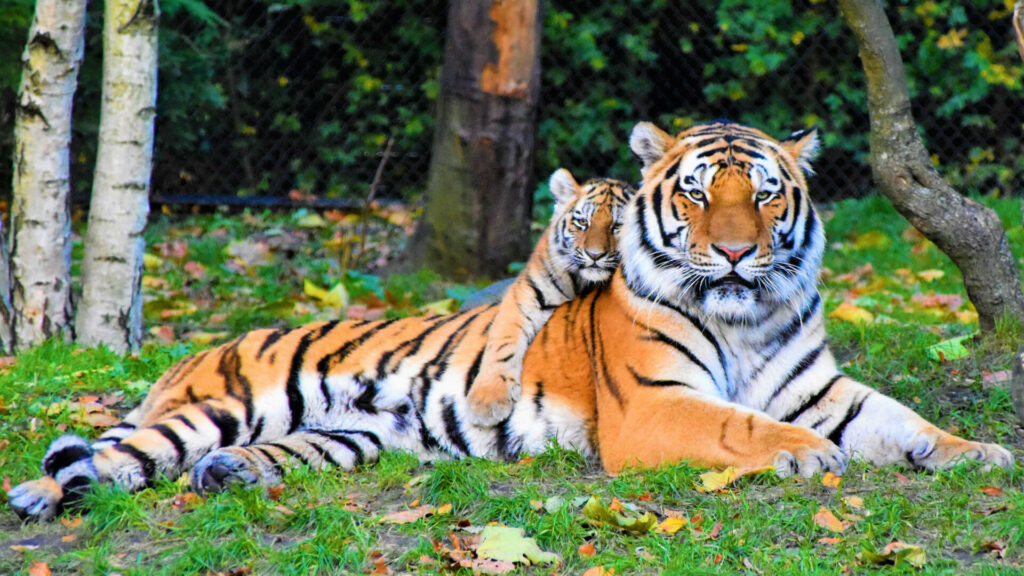
It’s no accident that the wildlife that’s faring best in the Anthropocene – the human-influenced geological age that we are now living in – happens to be powerful, warm-blooded, entertaining and easy on the eye. Human’s affinity for ‘cute’ is rooted in our evolutionary biology.
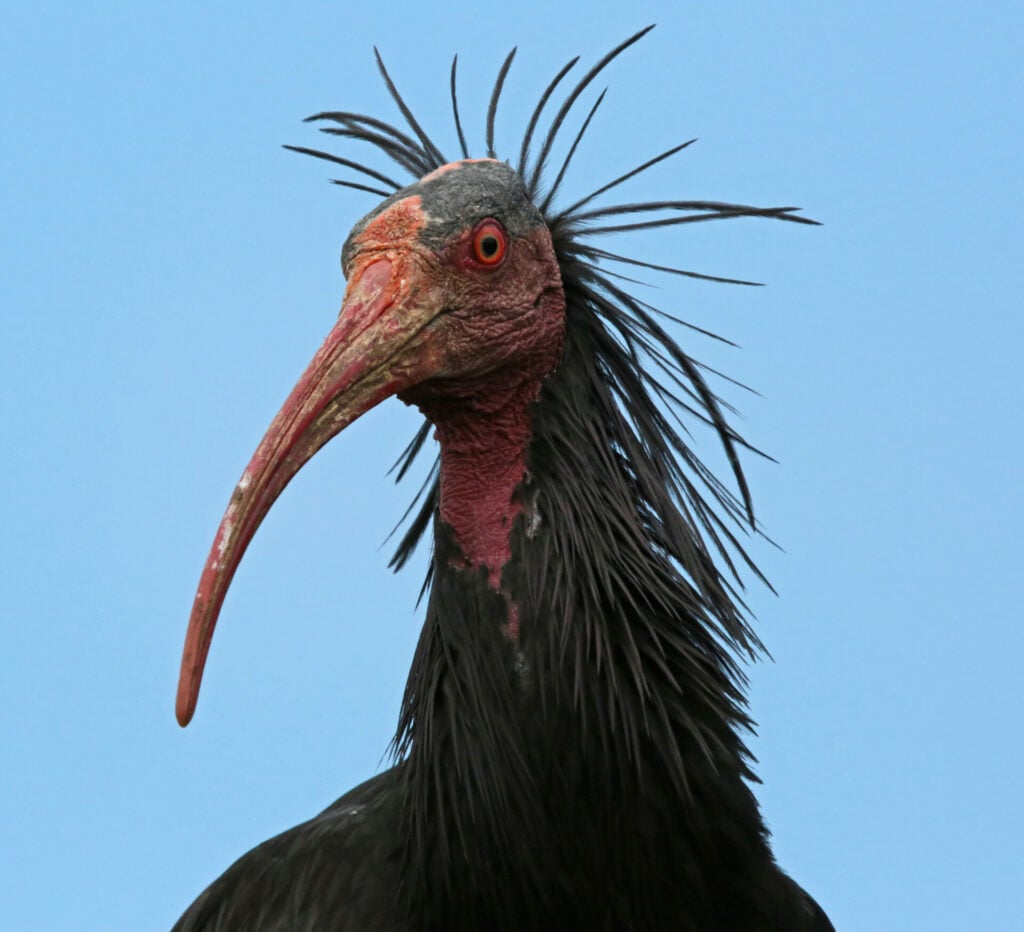
We are instinctively drawn to animals that behave like human babies – possessing physical traits such as a large rounded head, big eyes, short limbs and rounded cheeks. There is even a name for it: kinderschema, as coined by Austrian zoologist Konrad Lorenz in the 1940s. No wonder the most popular symbolically adopted animals are tigers, snow leopards, polar bears and pandas. The species that survive the world’s sixth extinction are destined to be the ones we decide to save.
Championing Ugly
One man on a mission to give a voice to some of nature’s aesthetically powerless creatures and rebalance the taxonomic bias is UK biologist, author, comedian and broadcaster, Simon Watt. In his Ugly Animal Conservation Society – a comedy night with a conservation twist – scientists-slash-comedians (and vice-versa) have a 10-minute window to champion an endangered, hideous creature to the audience, whose vote determines the town/city’s very own ‘ugly animal mascot’.
The main challenges facing Mother Nature’s less-fortunate looking endangered critters is an alarming lack of research
It may all sound bonkers, but Simon makes the point that while ‘there is a very serious point behind it, talking about conservation is depressing if you only focus on the threat of extinction.’ He even launched a nationwide campaign to find a global mascot in association with the UK’s National Science and Engineering Competition, which crowned the world’s ugliest animal as the gelatinous, deep sea blobfish.
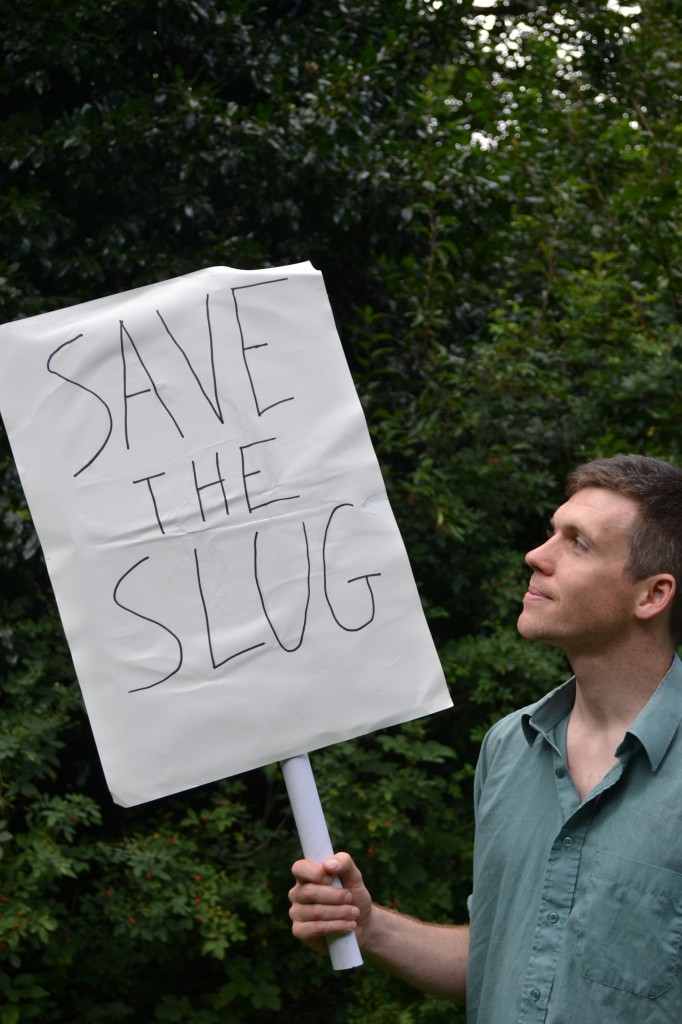

The main challenges facing Mother Nature’s less-fortunate looking, endangered critters is an alarming lack of research. Using data amassed from over 15,000 academic papers in Australia during the past century, a study by The Mammal Review revealed how almost 80 per cent of research focused on the so-called ‘atttractive’ marsupials such as kangaroos and koalas, versus ‘ugly’ native bats and rodents, which, despite making up over half of the total species examined, were dedicated just 11 per cent research time.
If you need any more convincing about the importance of bats, rats and ugly bugs you’ve never heard of, immerse yourself in Watt’s acclaimed science book, The Ugly Animals: We Can’t All be Pandas. ‘Everybody knows a panda, everybody knows a polar bear. It’s not that these species aren’t important, but they are only important because of their looks,’ Simon says. It raises an inconvenient question to the conservation world (not to mention ourselves): why should pandas get all the praise?
Six ‘Ugly’ Animals worth Saving
Here are six so-called ‘ugly’ endangered animals that need you to overlook their aesthetics for a shot at survival
1. The Ugly Sister
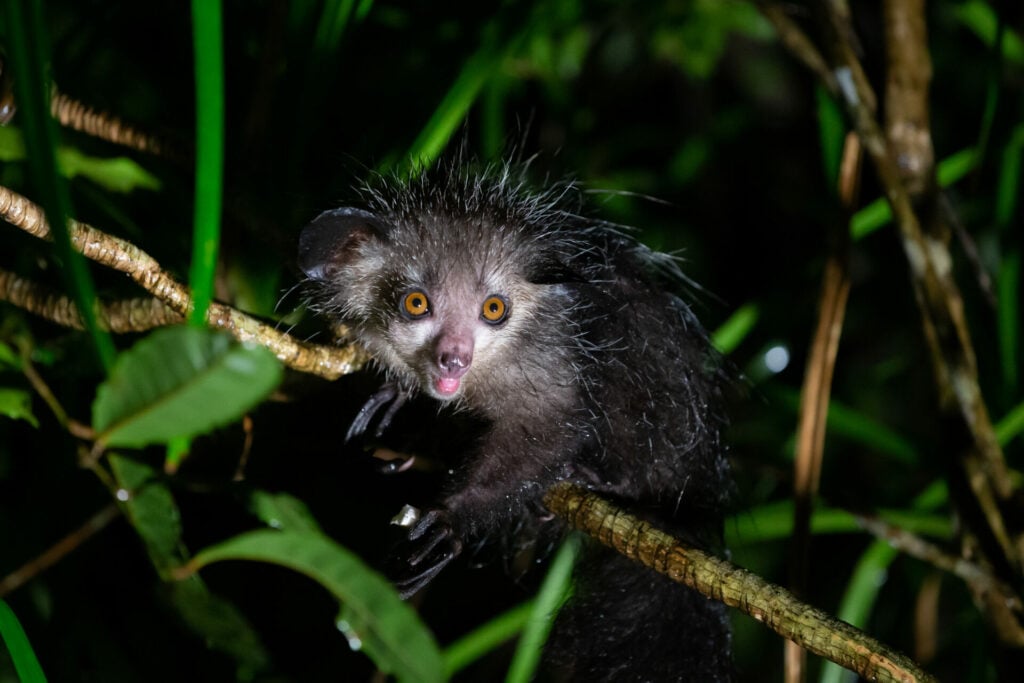
The gremlin-like Madagascan Aye Aye has long been in the shadow of its famously photogenic relative; the black and white ruffed lemur. Driven towards extinction by habitat destruction, the Aye Aye’s diet of wood-boring beetles is critical to protecting the island’s rainforest.
2. Warts and All
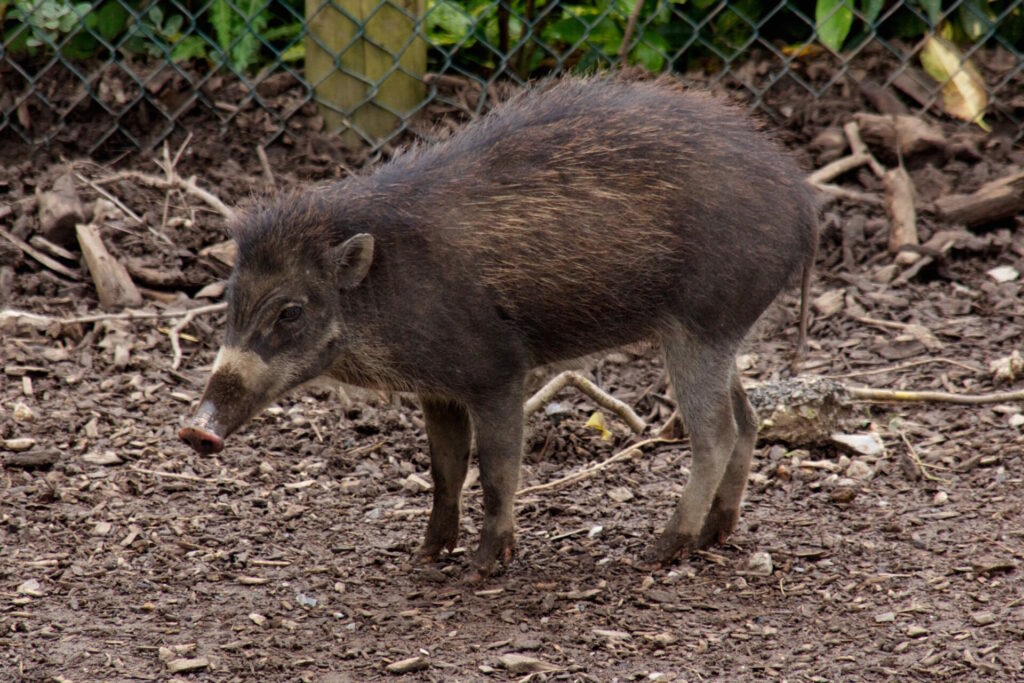
Endemic to the Philippines, these bristly-haired, forest-dwelling Visayan warty pigs were only classified as a species in 1993. Overhunting and habitat loss have caused their numbers to plummet to a meager 200 so they’re now critically endangered.
3. Three is not the Magic Number
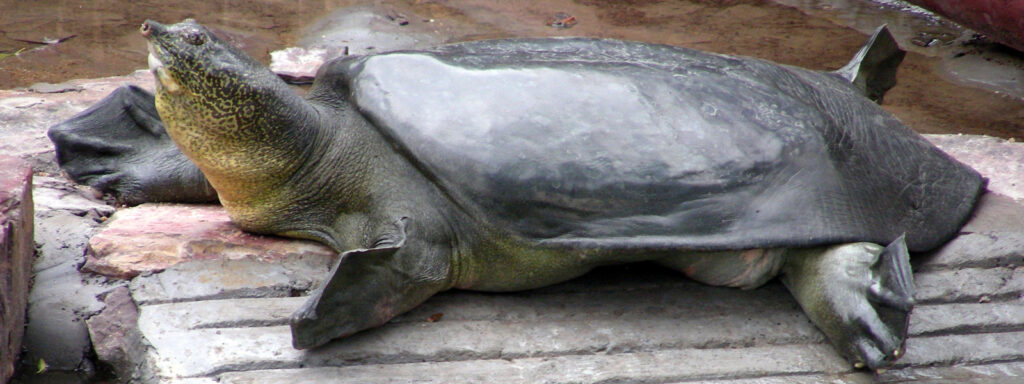
Reputed to be the most critically endangered species on the planet, Yangtze Giant Soft-shell Turtles have not graced the covers of glossy magazines like their aquatic, island-living cousins. A combination of overharvesting and degration of their freshwater habitat in China have left just three remaining in the wild.
4. The final Hop
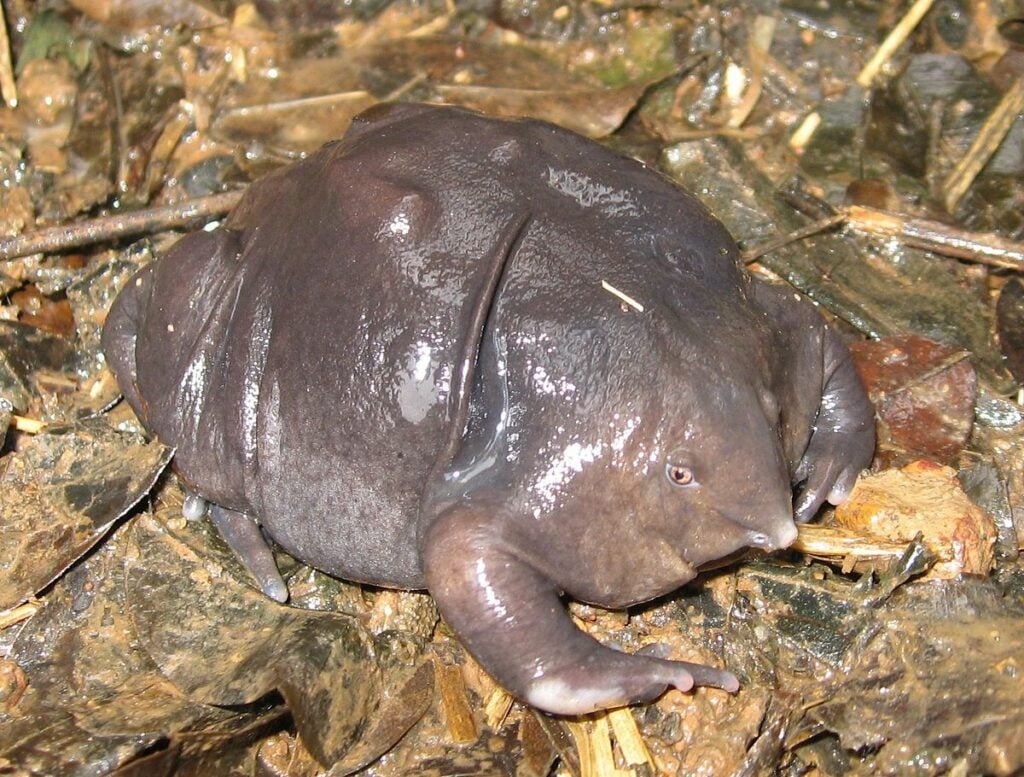
With their bloated bodies and pig-like snout, these subterrean Purple frogs found in India’s remote Western Ghats, pale in comparison to their riotously coloured Amazonian cousins. But they are no less deserving of conservation. Deforestation caused by cultivation of coffee and cardamom is the main threat to their survival.
5. Nature’s Pest Control
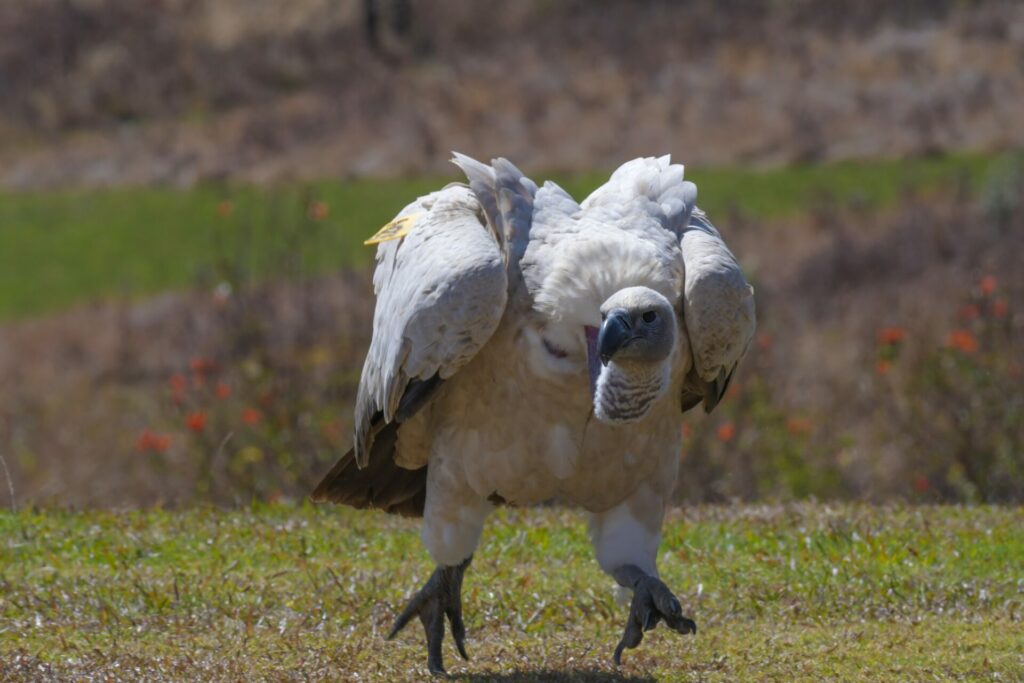
The Cape Griffon vulture may not be on your Big-5 safari list, but their role in preventing spread of disease to lions and elephants is essential to the survival of these megafauna. Power line collisions and mass accidental poisonings (intended for livestock carcasses) have resulted in these South African scavengers being vulnerable.
6. The Poor Man’s Dolphin
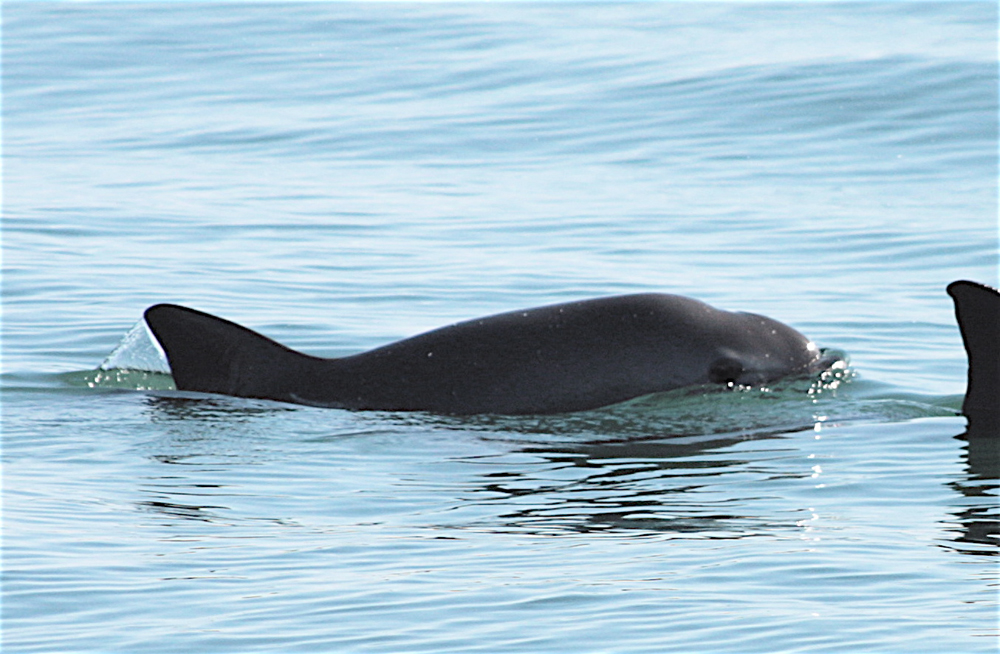
Perilously close to extinction, the vaquita (or ‘little cow’ in Spanish) is a tiny Californian porpoise classified as the most endangered marine mammal in the world. Its population has been reduced to just 10 as a direct result of illegal fishing of its primary food source: the totoaba fish.







